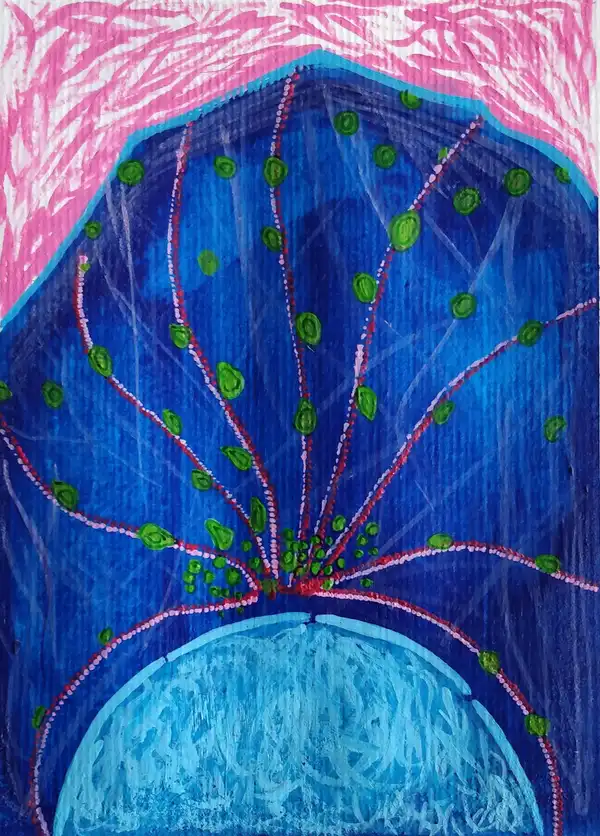
Everything you need to know about stem cells
What are stem cells, and what makes them so unique? What are the different types of stem cells, and how have they impacted modern medical science? Here is us answering all your questions about stem cells.

Most often when we visualise a cell, we over-simplify it. But our imagination is indeed far from reality. The cell is a highly intricate structure containing a milieu of membrane-bound organelles, complex biomolecules and yes, they contain highways too!
Two scientists – Raffaele Matteoni and Thomas E. Kreis in 1978, using immunofluorescence and in vivo video enhanced fluorescence microscopy, showed that lysosomes clustered around the microtubule-organizing centre (MTOC) near the nucleus. They showed this clustering to be dependent on the microtubules - since on de-polymerising the microtubules using specific agents, the lysosomes appeared to be dispersed throughout the cytoplasm. Now when this agent was removed, the microtubules re-polymerised to their normal form, and the lysosomes appeared to move along the microtubules, using them as highways to reorganise themselves around the MTOC.
Why is this behaviour of the lysosomes so significant?
In the eternal pursuit to understand how cancer cells metastasise, this movement of the lysosomes has gained special importance. Most of you might be familiar with the functioning of the lysosome. Initially described by Christian de Duve in 1950 as a membrane-bound organelle packed with hydrolytic enzymes, we now know how this organelle to be the central recycling unit of the cell.
So how do these acidic bags facilitate metastasis?
Studies show that metastatic cells have a significantly higher number of lysosomes at the periphery of the cell when compared to the normal cells, where they are clustered around the MTOC. These lysosomes release their proteolytic contents into the surrounding protein-rich stroma of the cell, thereby causing proteolytic degradation of the stroma. This degradation of the surrounding stroma helps the otherwise stationary cancer cell, to move and make its way to its destination metastatic organ.
Research groups are now trying to answer a few fundamental questions:
If we find answers to this, it might be possible for us to specifically prevent this peripheral movement of the lysosomes in cancer cells and reduce the chance of metastasis.